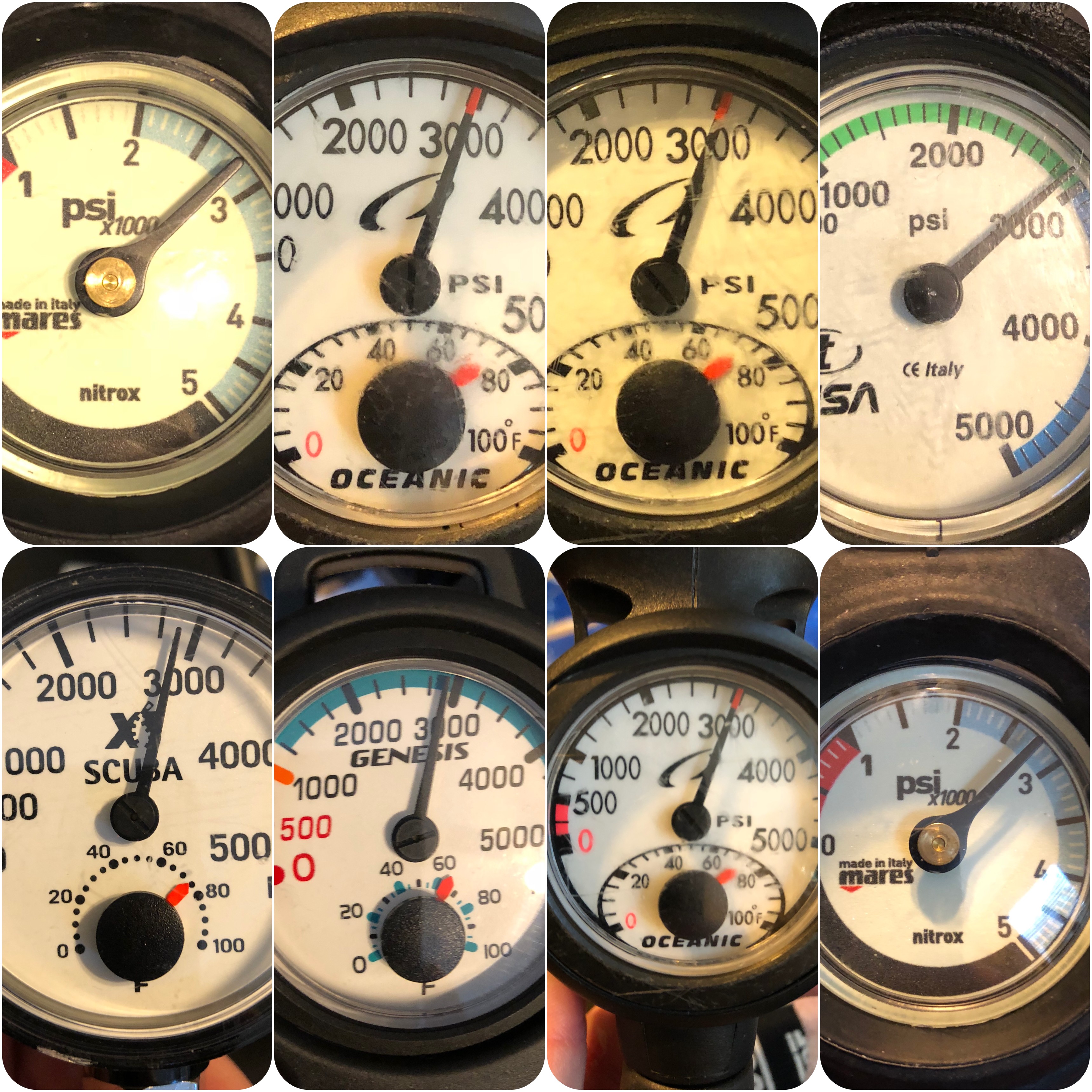Littlerayray
Contributor
This was an old practice because if there was unseen damage the lens could now up now there is a pressure relief valve on the back and you shouldn't turn the face away from you as this would cause the burst plug to shoot towards youI dive with two transmitters and two computers. They always appear to agree. I don't trust a mechanical pressure gauge. They were good when there was no alternative. Why do people hold them away from themselves when turning a tank on? Just askin' ...




